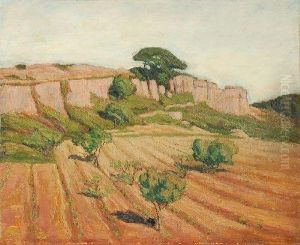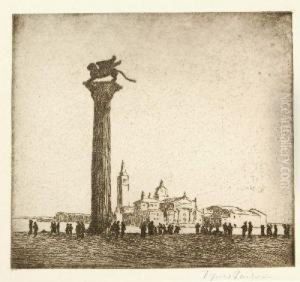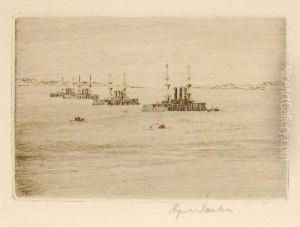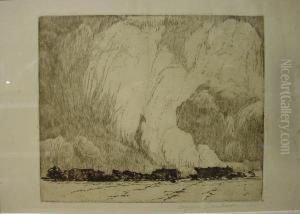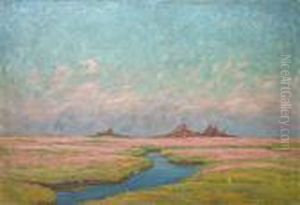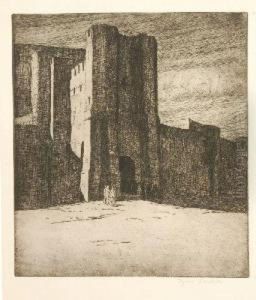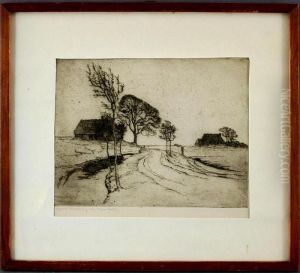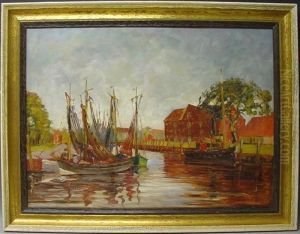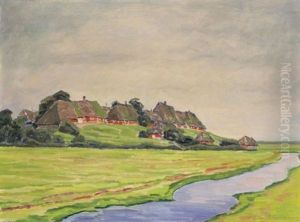Ingwer Paulsen Paintings
Ingwer Paulsen was a German painter and graphic artist, known for his contributions to the art world in the early 20th century. Born on November 22, 1883, in Husum, North Frisia, Paulsen's artistic journey began at a young age. He developed a keen interest in the arts and sought formal training to hone his skills.
Paulsen studied at the Munich Academy of Fine Arts, where he was influenced by the prevailing styles of the time, including Impressionism and Post-Impressionism. However, as his style evolved, he became more inclined towards Expressionism, which was gaining prominence in Germany. His works often depicted landscapes, seascapes, and scenes from his native North Frisia, rendered with a distinctive use of color and form that reflected his unique perspective.
Throughout his career, Ingwer Paulsen was involved in various artistic groups and participated in several exhibitions. He was a member of the Berlin Secession, a group of artists who broke away from the traditional art establishment to create and promote more modern and avant-garde works. Paulsen's art was well-received, and he garnered respect among his contemporaries for his ability to capture the essence of his subjects with emotional depth and intensity.
Despite the acclaim, Paulsen's life and career were not without challenges. The rise of the Nazi regime in Germany brought about a difficult period for many artists, including Paulsen. The regime's strict policies against what they considered 'degenerate art' led to a decline in the freedom of artistic expression. Nonetheless, Paulsen continued to work and create, although his opportunities to exhibit were significantly curtailed.
Ingwer Paulsen's artistic legacy is marked by his dedication to capturing the spirit of his homeland and his commitment to artistic innovation. His works continue to be celebrated for their emotive power and their embodiment of the early 20th-century art movements that shaped modern art. Paulsen passed away on December 1, 1943, in Bredstedt, leaving behind a body of work that continues to inspire and be studied by art enthusiasts and historians alike.




